Lemons, the small yellow citrus fruits known for their sharp, tangy flavor, are one of the most widely consumed fruits worldwide. From lemonades and desserts to medicinal syrups and natural cleaning solutions, lemons are an essential part of daily life for millions of people across cultures. But have you ever wondered — where does the world get most of its lemons?
In this detailed article, we’ll explore the major lemon-producing countries, how these fruits are cultivated and traded, and the global networks that deliver them to your markets, restaurants, and homes.
Why Lemons Are in High Demand
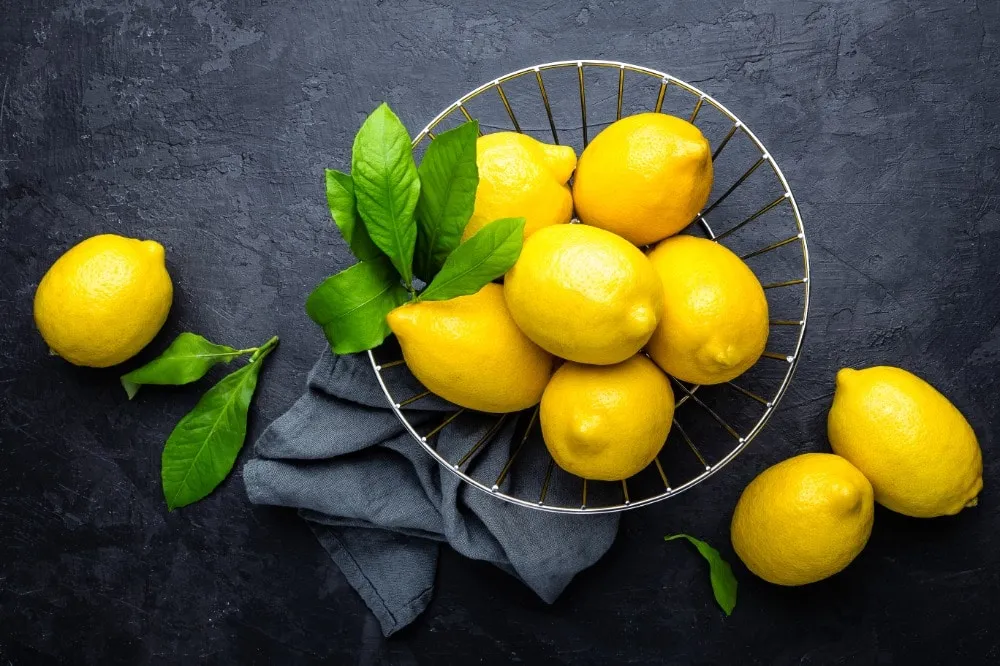
The global lemon industry is growing rapidly, fueled by rising awareness of the fruit’s many benefits:
- Rich source of vitamin C and antioxidants
- Essential ingredient in beverages, cooking, and desserts
- Used in natural remedies and skincare products
- Popular in household cleaning and aromatherapy
- Growing demand for organic and fresh produce
This rising demand has led to an increase in global lemon production, with several countries specializing in both fresh lemons and processed lemon products like juices, oils, and concentrates.
How Many Lemons Does the World Produce?
According to recent data from the Food and Agriculture Organization (FAO) and global agricultural market reports, the world produces approximately 21 to 22 million metric tons of lemons and limes annually. A significant portion of this comes from a handful of leading nations with the right climate, farming practices, and export infrastructure.
Which Countries Supply Most of the World’s Lemons?
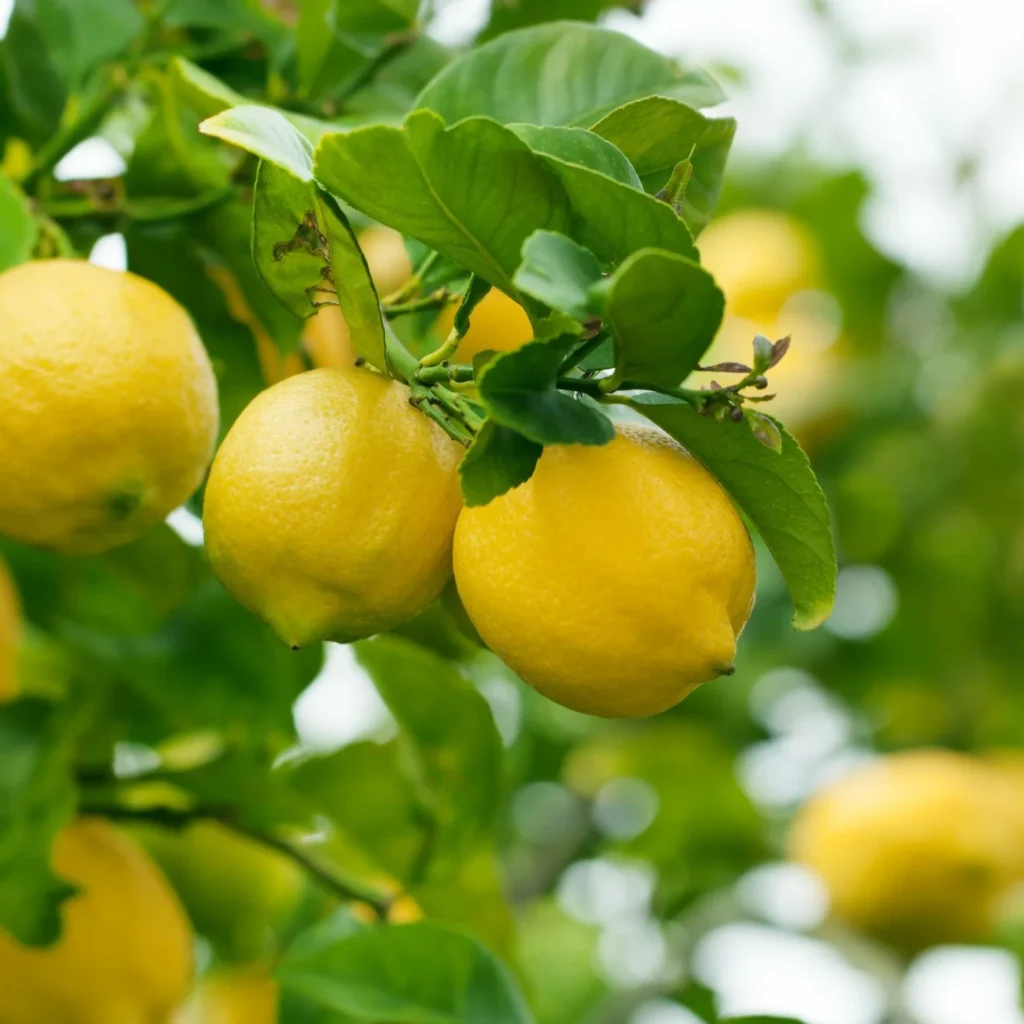
The world gets most of its lemons from five major producers: India, Mexico, China, Argentina, and Brazil. Let’s take a closer look at each:
India — The Global Leader in Lemon Production
Annual Production: Approx. 3.8 million metric tons
Global Share: ~18–20%
India is the largest producer of lemons globally. Thanks to its vast tropical and subtropical regions, the country can grow lemons and limes year-round across multiple states.
Major Growing Regions:
- Andhra Pradesh
- Maharashtra
- Gujarat
- Tamil Nadu
- Karnataka
Why India Leads:
- Diverse climate supporting citrus cultivation
- Year-round harvest availability
- High domestic consumption in food, drinks, and Ayurveda
- Export markets in the Middle East, Nepal, and Bangladesh
India’s lemons are prized for their juice content and versatility, making them essential for households and markets both locally and internationally.
Mexico — North America’s Citrus Powerhouse
Annual Production: Approx. 3.1 million metric tons
Global Share: ~14%
Mexico is the second-largest lemon and lime producer and one of the world’s most significant exporters. Most of Mexico’s lemons head to the United States, Canada, and Europe.
Major Growing Areas:
- Veracruz
- Michoacán
- Colima
- Oaxaca
Key Features:
- Ideal tropical conditions and fertile soils
- Highly efficient farming and post-harvest systems
- Major exporter of Key limes and Persian lemons
Mexico’s lemons play a starring role in global food culture — in everything from margaritas and salsas to lemonade stands across America.
China — Rapidly Expanding Citrus Industry
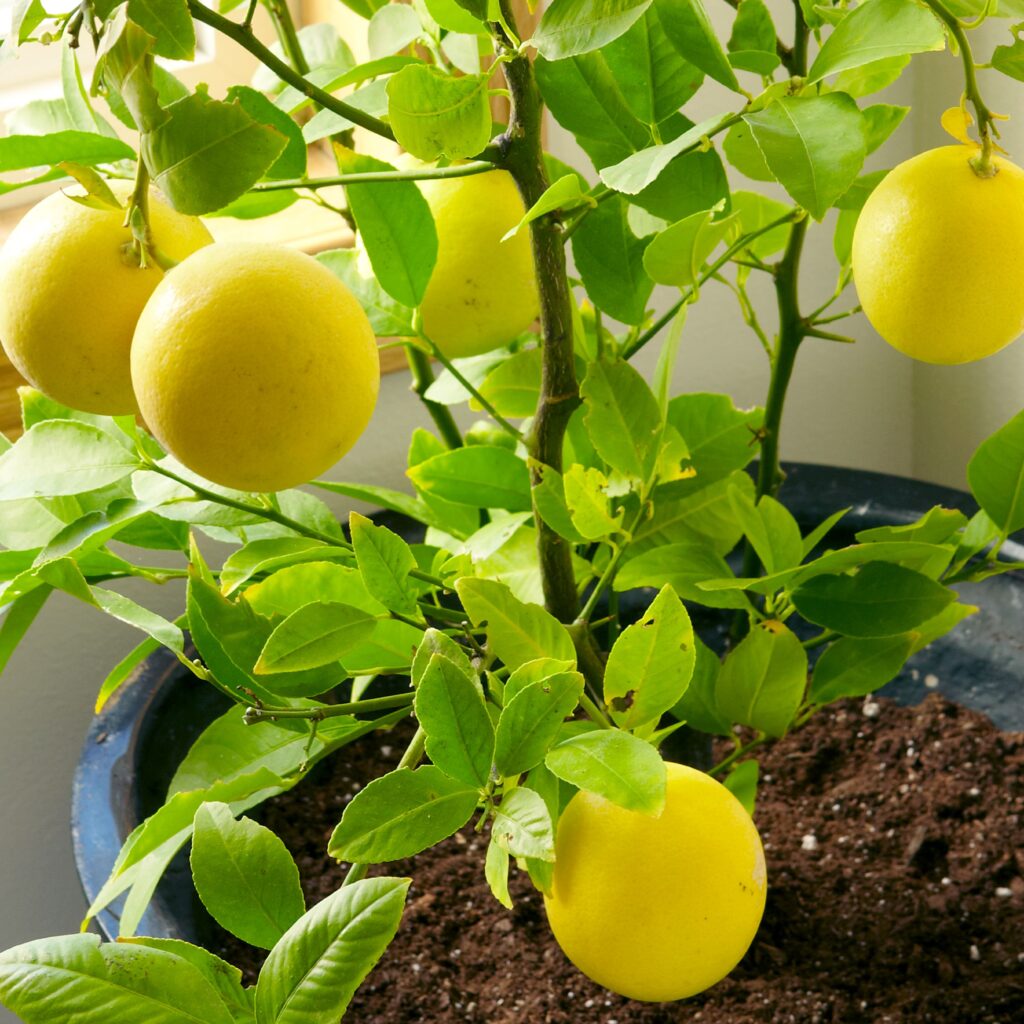
Annual Production: Approx. 2.6 million metric tons
Global Share: ~12%
China has rapidly increased its lemon production in recent years to meet growing domestic demand. While China isn’t a major lemon exporter, its vast local market makes it one of the world’s largest producers.
Primary Growing Provinces:
- Sichuan
- Chongqing
- Yunnan
Why China Matters:
- Rising middle-class health awareness
- Growth in citrus-derived products like lemon tea and lemon-flavored snacks
- Expanding modern agricultural practices
China sources most of its lemons domestically but also imports premium varieties from Argentina and Spain for niche markets.
Argentina — The King of Processed Lemons
Annual Production: Approx. 1.8 million metric tons
Global Share: ~8.5%
Argentina might rank fourth in total production, but it dominates the global market for processed lemon products like juice, oil, and peel, especially during the Northern Hemisphere’s off-season.
Main Growing Region:
- Tucumán Province
Why Argentina Stands Out:
- Exports over 70% of the world’s lemon oil and derivatives
- Fills global market gaps when North America and Europe are out of season
- Consistent, high-quality fruit and processing facilities
Argentina exports to over 70 countries, especially in Europe, the Middle East, and the U.S.
Brazil — South America’s Citrus Hub
Annual Production: Approx. 1.6 million metric tons
Global Share: ~7.5%
Brazil rounds out the top five, with production focused in São Paulo, Bahia, and Minas Gerais. Known for its oranges, Brazil’s lemon and lime industry has also flourished.
Key Highlights:
- Year-round lemon production
- Strong domestic consumption in food and drinks
- Growing export market to Europe and neighboring countries
Brazil is especially known for its refreshing lemon-based beverages enjoyed during the country’s hot, humid summers.
Global Lemon Supply Breakdow
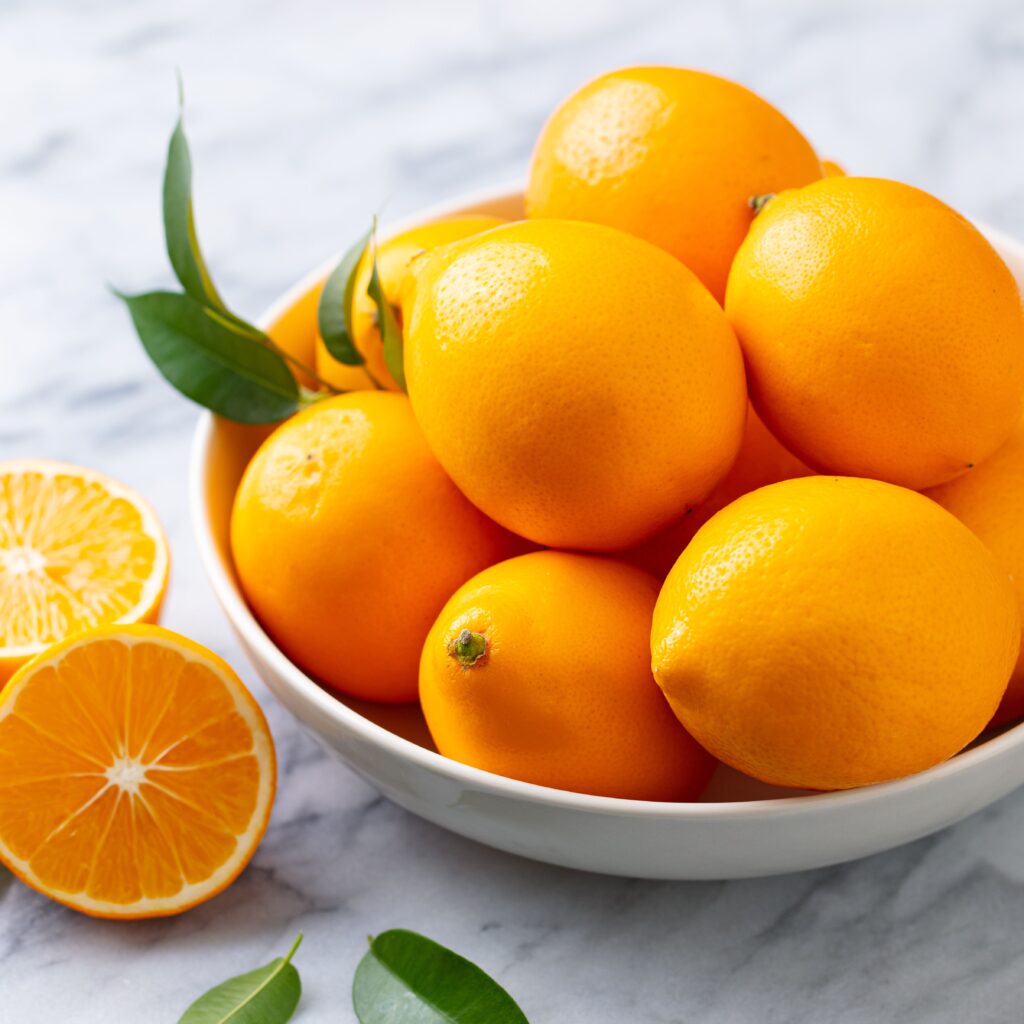
| Rank | Country | Annual Production (Metric Tons) | Global Share |
|---|---|---|---|
| 1 | India | 3.8 million | 18–20% |
| 2 | Mexico | 3.1 million | 14% |
| 3 | China | 2.6 million | 12% |
| 4 | Argentina | 1.8 million | 8.5% |
| 5 | Brazil | 1.6 million | 7.5% |
Where Else Does the World Get Its Lemons?
While the top five account for over 60% of global lemon production, several other nations also contribute significantly:
- Turkey
- Spain
- United States (California and Arizona)
- South Africa
- Iran
These countries mainly supply regional markets and fill seasonal gaps in the Northern Hemisphere.
How Are Lemons Traded Globally?
The global lemon trade is dynamic, with major importers including:
- United States
- European Union (Germany, UK, France, Italy)
- Middle East (UAE, Saudi Arabia, Oman)
- Russia
- Japan
Fresh lemons are traded for direct consumption, while processed lemon products like juice concentrates and essential oils come mainly from Argentina and Spain.
Emerging Trends in Lemon Markets
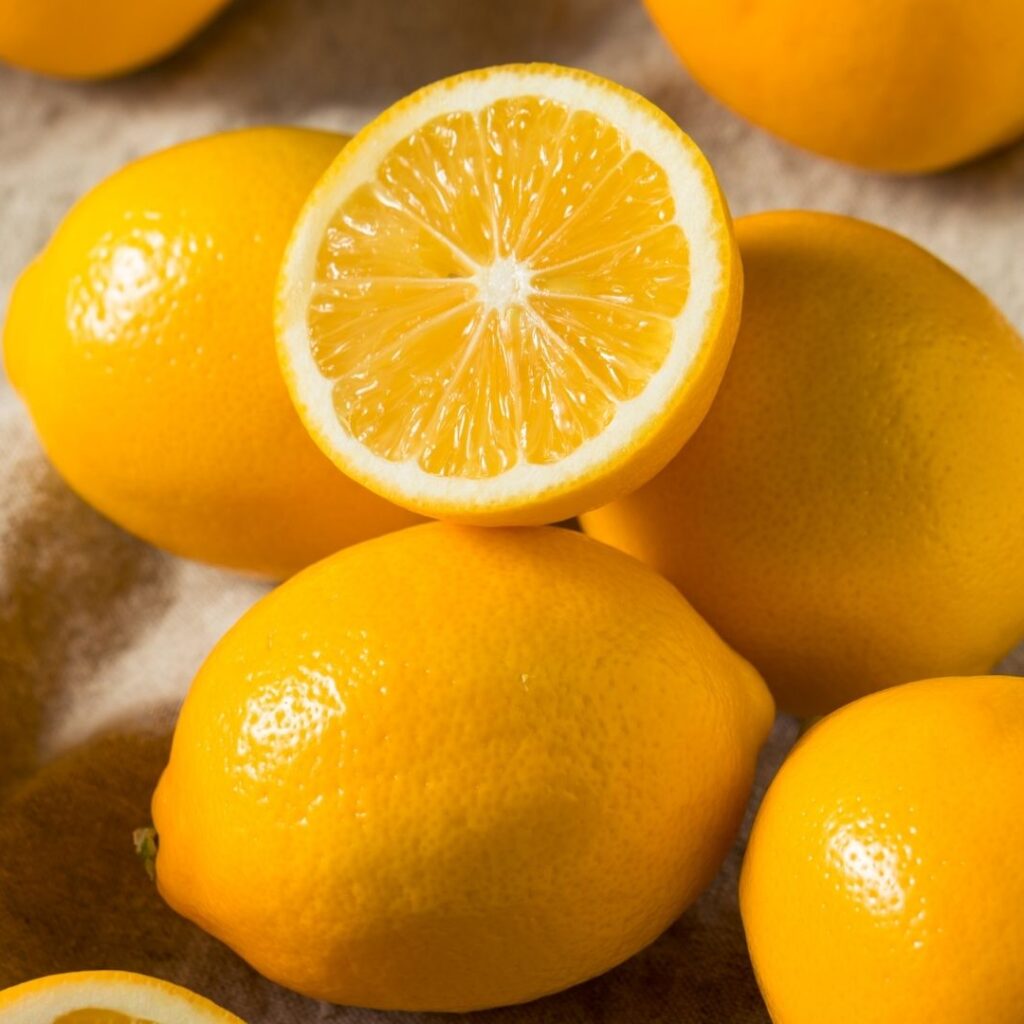
- Rising Organic Lemon Demand: Especially in Europe and North America.
- Health & Immunity Boosting Products: COVID-19 increased global citrus consumption.
- Sustainable Farming Initiatives: Countries like India, Argentina, and Mexico are investing in eco-friendly and residue-free farming.
- Growing Citrus Derivative Markets: Lemon essential oil, lemon-based cleaning products, and cosmetics are expanding globally.
Final Thoughts
So — where does the world get most of its lemons?
The answer lies primarily in India, Mexico, China, Argentina, and Brazil. These nations not only lead in production volume but also in setting trends, meeting seasonal demands, and supplying lemon-based products globally.
As consumer interest in fresh, organic, and natural citrus products rises, these countries will continue to shape the global lemon market. Whether it’s the lemons squeezed into a summer lemonade, added to a gourmet dish, or distilled into fragrant essential oils — chances are high they came from the sun-soaked orchards of one of these top lemon-producing nations.

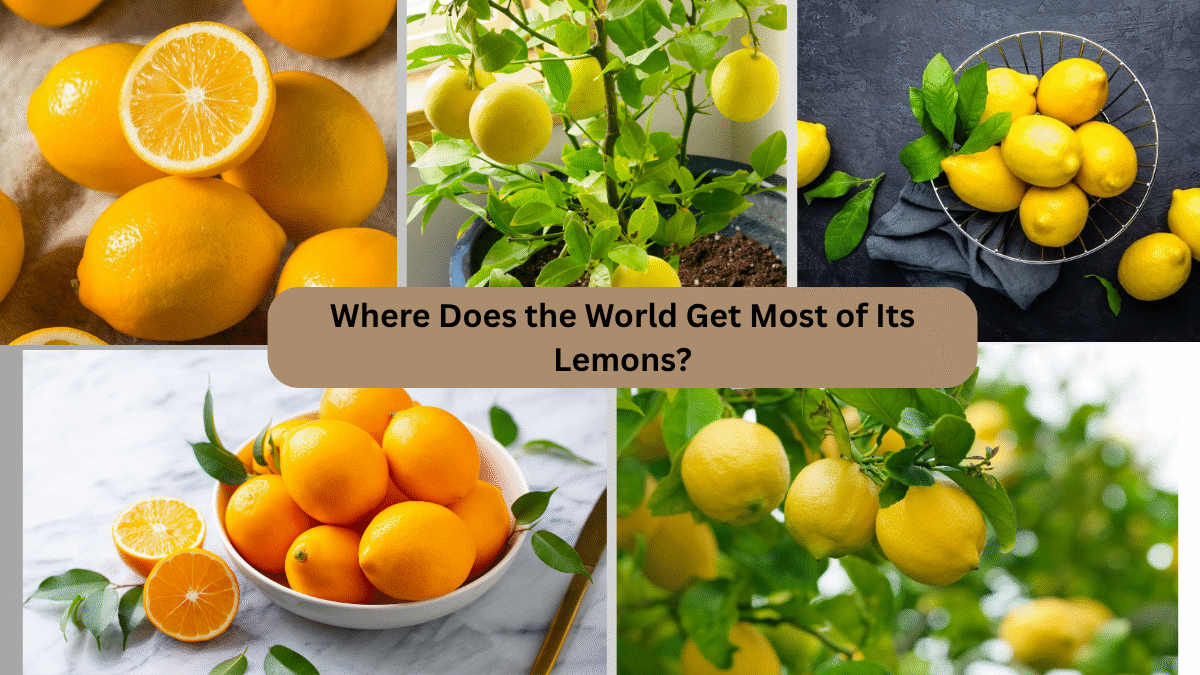
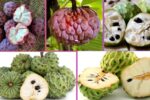
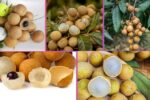


Leave A Comment